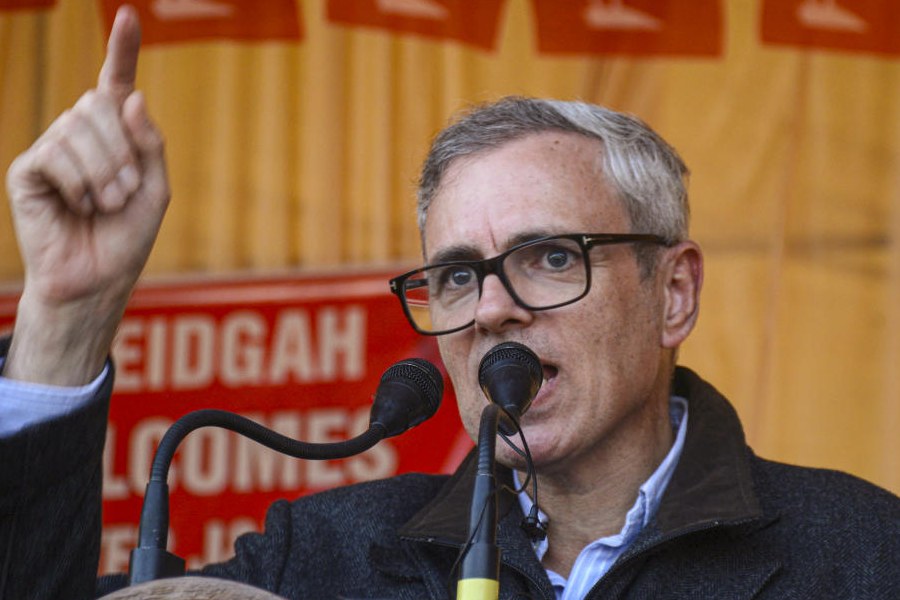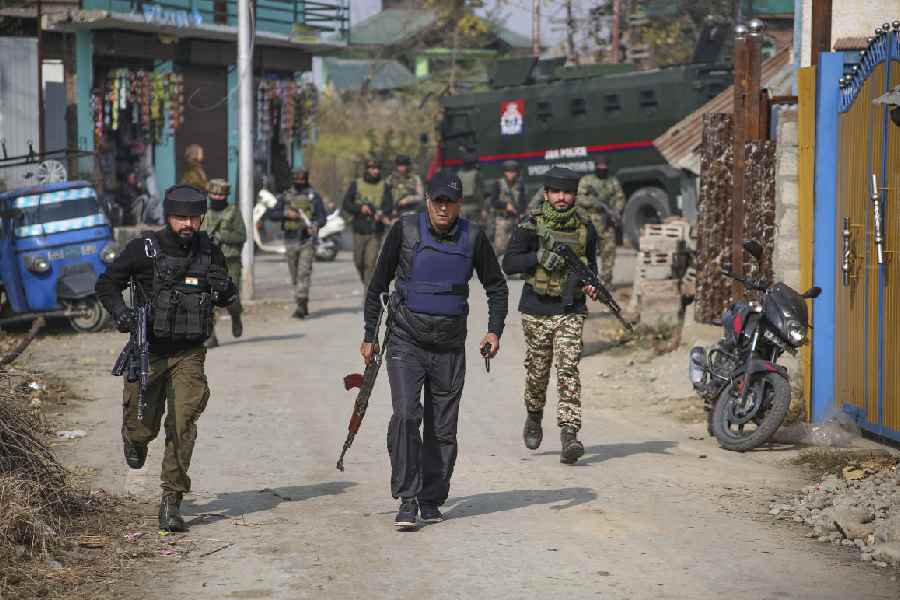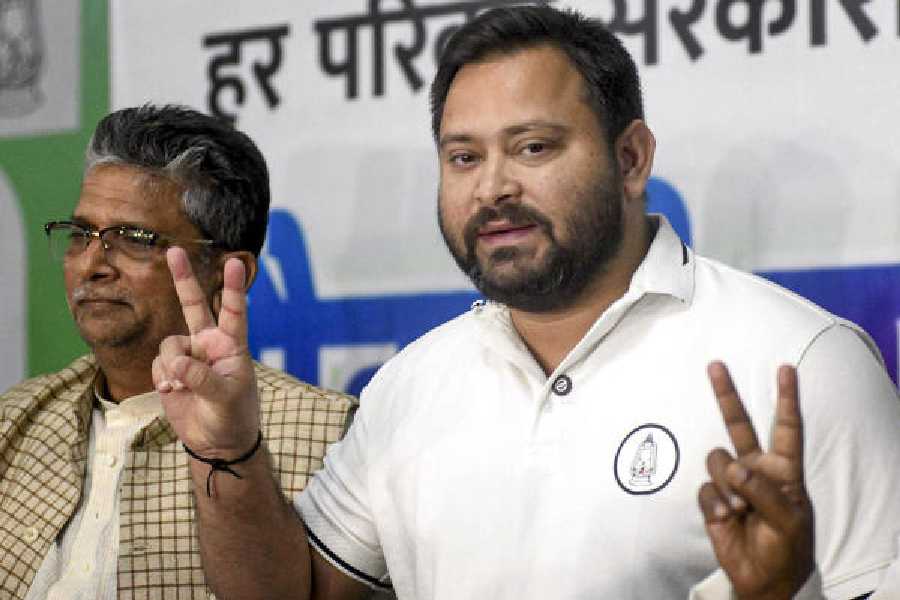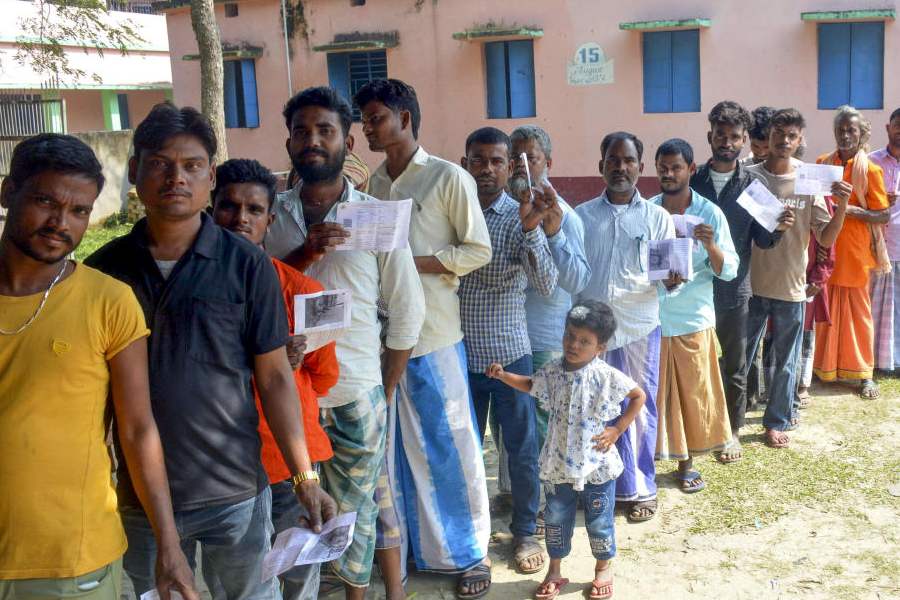New Delhi: One more Indian language has become endangered while another language has its rich Indian legacy threatened with extinction, data from the 2011 census suggest.
Simte, spoken in the Northeast, and Persian were on the list of "non-scheduled languages" - those with more than 10,000 speakers but not mentioned in the Eighth Schedule of the Constitution - that the 2001 census counted. Neither figures on the list prepared by the 2011 census, whose language data were released this month.
According to Unesco, a language becomes endangered when the number of its speakers falls below 10,000. Persian, however, is widely spoken in Iran and several central Asian nations.
Some 97 per cent of India's population speak one or the other of 22 scheduled languages, the remaining 3 per cent accounting for the non-scheduled languages and endangered languages.
Simte and Persian had 10,225 and 11,688 speakers, respectively, in 2001. The number of non-scheduled languages has fallen from 100 in 2001 to 99 with the exclusion of Simte and Persian and the inclusion of Mao, also spoken in the Northeast.
India has around 196 endangered languages, including about 80 in the Northeast, says the Unesco Atlas of the World's Languages in Danger 2009. But researchers are divided on this figure.
Panchanan Mohanty, a professor and coordinator for the Centre for Endangered Languages and Mother Tongue Studies at Hyderabad Central University, said every language carries with it a knowledge system and cultural tradition. Once the language is endangered, society is left bereft of that knowledge and culture.
"Most endangered languages lack a script. The speakers transmit the knowledge and cultural traditions associated with the language to the next generation orally," Mohanty said.
He said Simte, a language belonging to the Tibeto-Burman family, is spoken mostly in Manipur and had never figured in census data till 2001. (The census only gives information on languages that have 10,000 or more speakers.)
Mohanty said the speakers of Persian were not confined to any particular part of India. "Persian is an Indo-Iranian language with a rich legacy in India," he said.
Madhumita Barbora, a professor and coordinator for the Centre for Endangered Languages at Tezpur University, said a language becomes endangered when those speaking it die on a large scale or shift to another language.
"The prime reason is that speakers tend to shift to the mainstream language of the state. This is because economic opportunities are higher for those speaking the mainstream language," she said.
Barbora said researchers needed to study the factors responsible for a language losing speakers and come out with learners' books in threatened languages to help maintain their numbers of speakers.
A dozen universities have centres on endangered languages. Several private organisations too work independently on this field.
"The central government must frame a policy (on the preservation of endangered languages). A lot of work is going on in this area, but there's a need for a clear-cut direction and coordination," Mohanty said.










